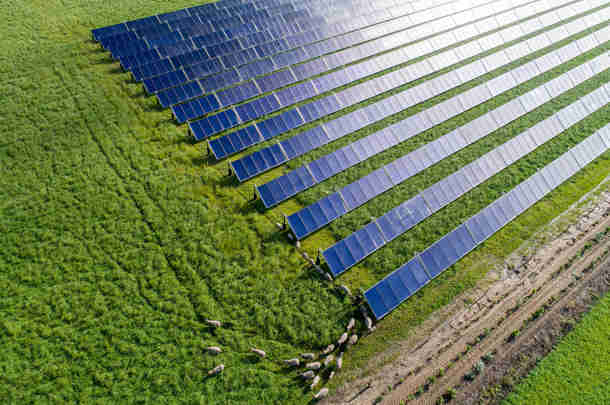The capital costs of the energy transition could rise to EUR 17 billion between now and 2030, making renewable energy investments less attractive and raising demand for subsidies even for technologies which are currently profitable, such as solar and wind energy.
Ultimately, this deterioration in the business case for sustainable projects could slow the pace of the energy transition, according to research conducted by Berenschot on behalf of the Dutch Renewable Energy Association (NVDE).
Deterioration in two indicators
The plans for the energy transition will require billions in investment to develop new technologies but most of all to realise large-scale infrastructure and other projects. Rising interest rates are adversely impacting renewable energy business cases, according to Rutger Bianchi, managing consultant at Berenschot. ‘
“Higher interest rates are causing a deterioration in the two indicators we researched in our study, namely the market gap (between costs and revenues) and the value investment ratio. We’re seeing this deterioration particularly in those technologies which involve high levels of capital investment rather than operational expenditure. Those investments then become less attractive. There’s also a higher risk that SDE++ budgets (a Dutch subsidy scheme) will become exhausted. That could slow down the energy transition, as it means that fewer projects can be realised from the same level of budget.”
Sustainability discount
As a result, the annual system costs of the energy transition will increase by 5% and 9% respectively in 2030 and 2050 (at current levels of interest and at the macro level). “This is mostly expressed in costs related to solar and wind energy, heat pumps and infrastructure. In the long term, the system costs will rise by € 163 billion. And if interest rates continue to rise at the same pace, this could increase to € 336 billion,” says Bianchi. “But the reverse also applies: a sustainability discount on interest rates could save around € 55 billion and could therefore help to keep the energy transition affordable.”
Scenarios
To determine the impact of rising interest rates on the energy transition, Berenschot researched eight different renewable energy technologies and infrastructures which are deemed essential for the energy transition. For each technology we compared the situation before the interest rate rises with three different scenarios, namely an interest rate rise of 2%, 3% and 6% compared to 2021. The 3% increase corresponds to the 2023 situation compared to 2021.
Bianchi claims that taking action now to maintain the pace of investment in renewable energies could help to prevent interest rate rises in future. “After all, one factor that’s driven up interest rates is inflation caused by the rising costs of fossil fuels. Continued investment in technologies which facilitate the energy transition will reduce our dependency on fossil fuels and their impact on inflation.”
